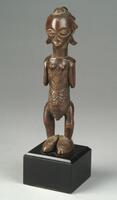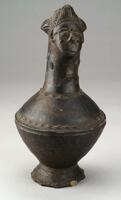26 UMMA Objects
26 UMMA Objects
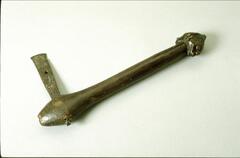
Luba;Songye (Luba (culture or style);Songye)
Janus Headed Axe
20th century
Gift of Susan B. and John F. Ullrich
1998/1.70
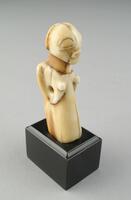
Luba (Luba (culture or style))
Power Figure
1845 – 1855
Gift of Candis and Helmut Stern
2005/1.220.1
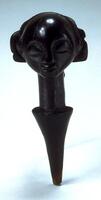
Luba (Luba (culture or style))
Stopper
1895 – 1905
Museum purchase made possible by the Betty J. Lockett Memorial Fund
1984/2.40
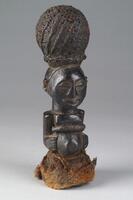
Luba (Luba (culture or style))
Carved Wood Figure
1945 – 1955
Given in memory of Sidney H. Roberts
1987/1.242

Luba (Luba (culture or style))
Staff
1900 – 1940
Gift of Margaret H. and Albert J. Coudron
2001/2.76

Luba (Luba (culture or style))
Double-Faced Power Figure
1895 – 1905
Gift of Candis and Helmut Stern
2005/1.213

Luba (Luba (culture or style))
Bow Rest
20th century
Gift of Robert M. and Lillian Montalto Bohlen in memory of Nancy Turner Bohlen
2015/2.176

Luba (Luba (culture or style))
Kakishi
Gift and partial purchase from the estate of Kurt Delbanco in honor of Nicholas Delbanco
2017/1.645
Loading…

